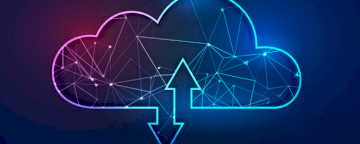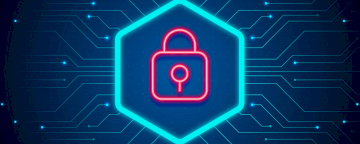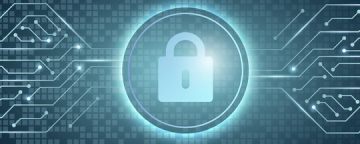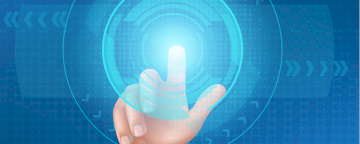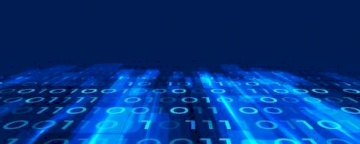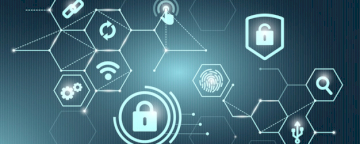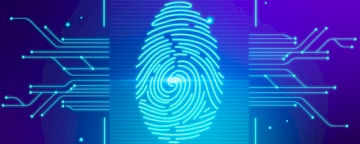Enterprise Security (SIEM)
The security information and event management (SIEM) is defined by customers’ need to analyze security event data in real time, which supports the early detection of attacks and breaches. SIEM systems collect, store, investigate, support mitigation and report on security data for incident response, forensics and regulatory compliance. SIEM technology aggregates event data produced by security devices, network infrastructure, host and endpoint systems, applications and cloud services. The primary data source is log data, but SIEM technology can also process other forms of data, such as network telemetry (i.e., flows and packets). Event data is combined with contextual information about users, assets, threats and vulnerabilities. The data may be normalized, so that events, data and contextual information from disparate sources can be analyzed for specific purposes, such as network security event monitoring, user activity monitoring and compliance reporting. The technology provides real-time analysis of events for security monitoring, query and long-range analytics for historical analysis, and other support for incident investigation and management, and reporting — e.g., for compliance requirements.

